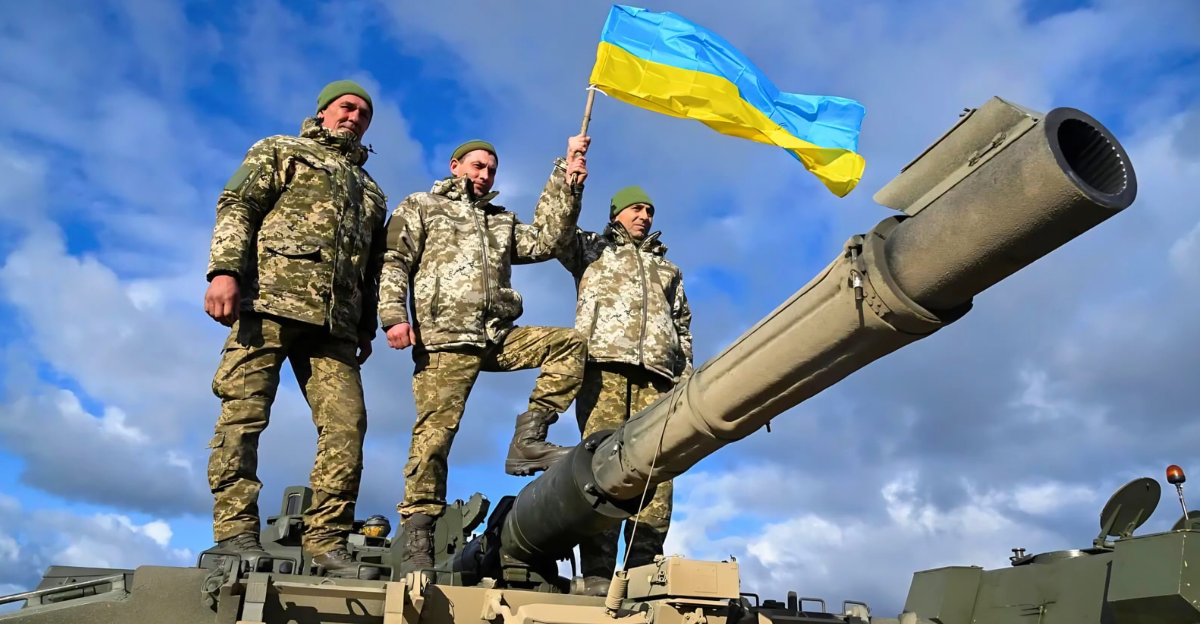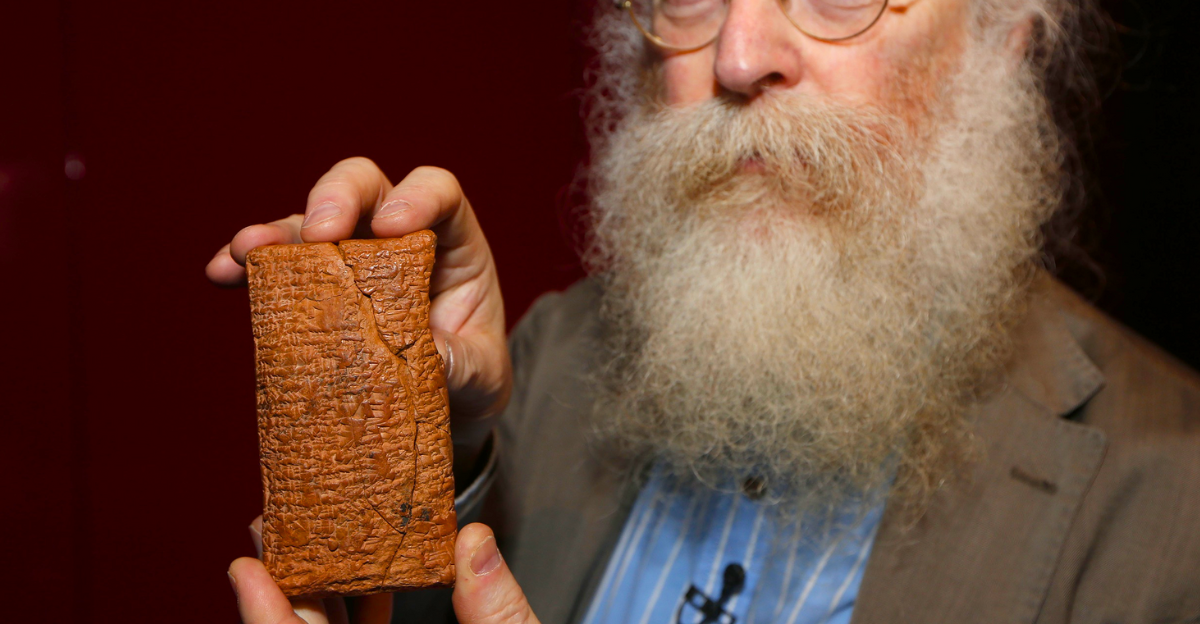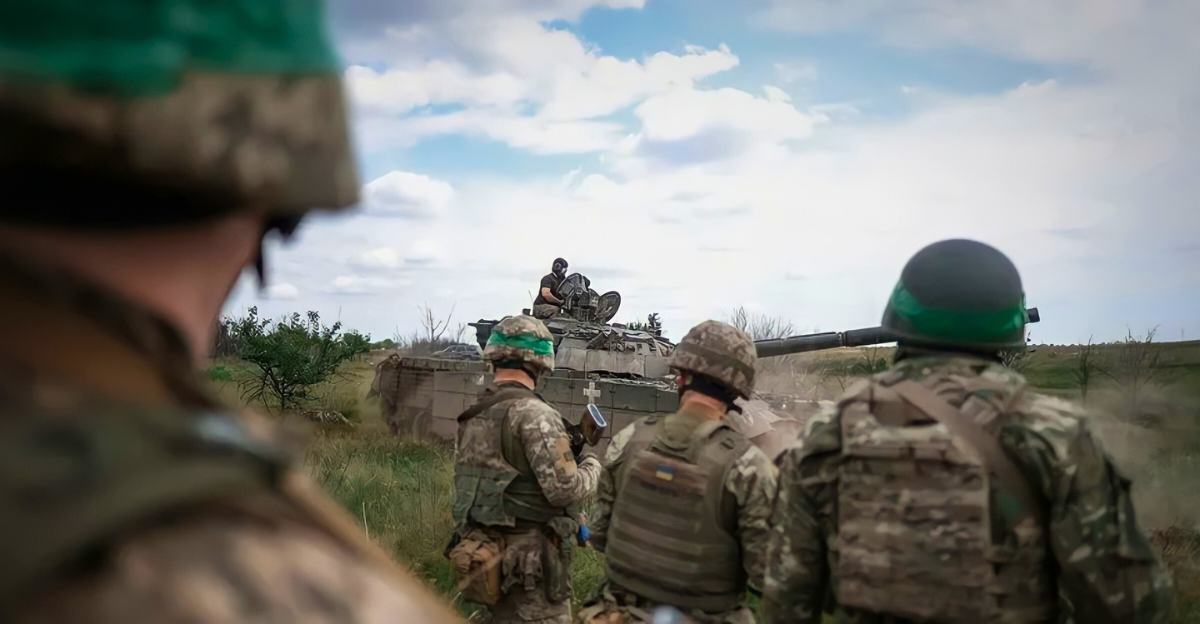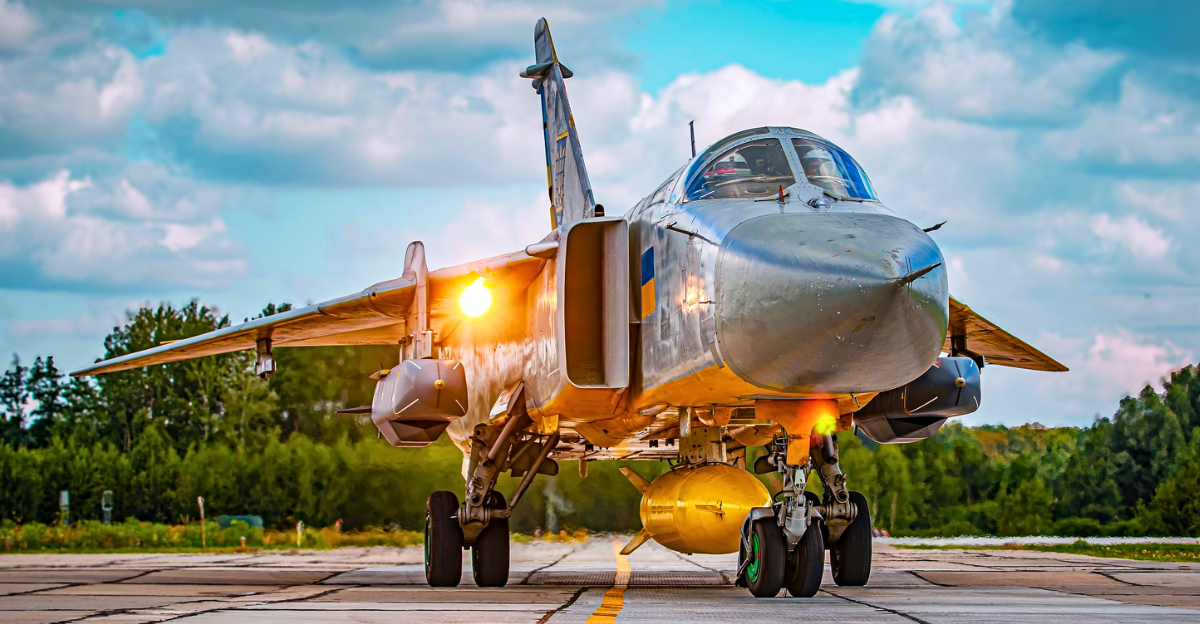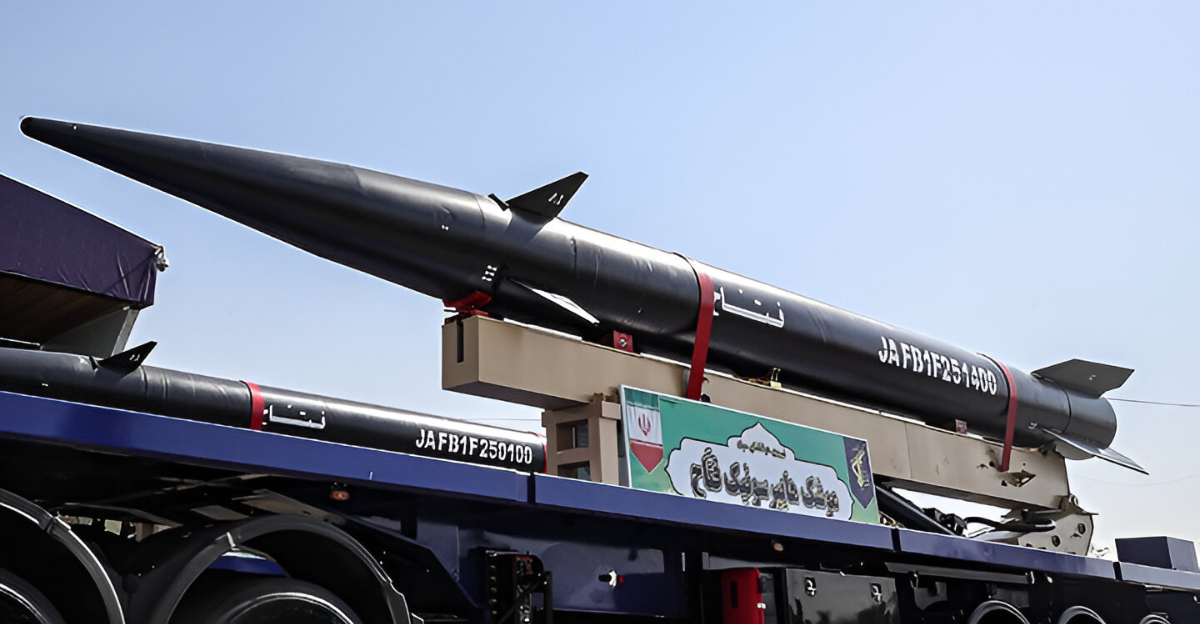
Iran’s Fattah-1 missile is a recently unveiled medium-range ballistic missile that Tehran describes as hypersonic, capable of reaching speeds between Mach 13 and 15 (approximately 15,000 km/h) with a range of about 1,400 kilometers. Announced in early 2025, the Fattah-1 represents a significant advancement in Iran’s missile technology, designed to challenge existing missile defense systems in the Middle East.
According to Iranian state media and defense officials, the missile’s combination of speed and maneuverability enables it to evade interception by current defense systems such as Israel’s Iron Dome and Arrow missile shields. While Iran portrays the Fattah-1 as a strategic deterrent, the missile’s capabilities have raised concerns among regional and global security analysts. The missile’s range places key regional actors, including Israel and U.S. military bases, within striking distance, potentially altering the security dynamics in an already volatile region.
Rising Regional Tensions Amid New Missile Threats

Hypersonic missile technology refers to weapons that travel at speeds exceeding Mach 5, five times the speed of sound, and combine this extreme velocity with advanced maneuverability. Hypersonic missiles can perform complex lateral and vertical maneuvers during flight, unlike traditional ballistic missiles, which follow predictable, parabolic trajectories. This capability makes them much more challenging to detect, track, and intercept using existing missile defense systems.
Hypersonic weapons typically fall into two categories: hypersonic glide vehicles (HGVs), which are launched by rockets and then glide at hypersonic speeds, and hypersonic cruise missiles, which use air-breathing engines. The Fattah-1 missile incorporates maneuverable re-entry vehicle (MaRV) technology, allowing it to adjust its flight path during the terminal phase. This combination of speed and agility compresses the time available for detection and interception, challenging current defense doctrines globally, particularly in the Middle East.
From Conventional Ballistics to Hypersonic Breakthroughs
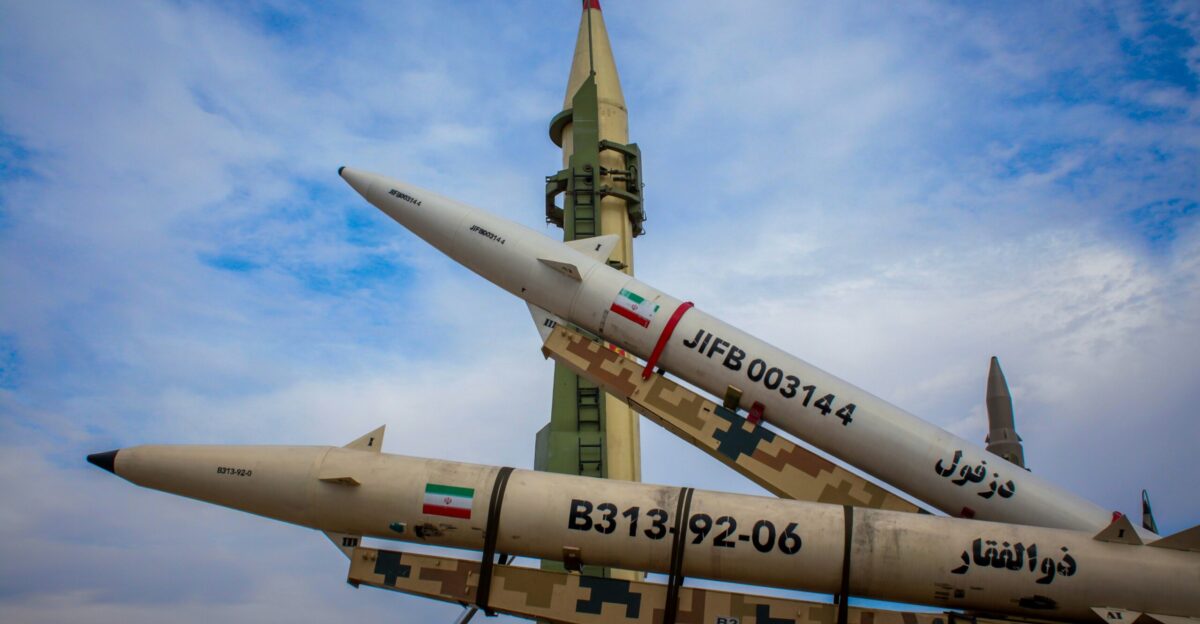
The Fattah-1 missile is reportedly a two-stage, solid-propellant medium-range ballistic rocket equipped with a maneuverable re-entry vehicle (MaRV). The MaRV uses thrust vector control to perform lateral and vertical maneuvers during its terminal phase, increasing the missile’s ability to evade missile defense interceptors. According to Iranian military sources, the rocket can reach Mach 13 to Mach 15 speeds, which translates to approximately 15,000 kilometers per hour.
Its range of about 1,400 kilometers allows it to target locations across the Middle East, including Israel and U.S. military installations. The solid-fuel propulsion system offers quicker launch readiness than liquid-fueled missiles, enhancing Iran’s rapid response capability. While Iran claims the missile’s hypersonic status, some defense analysts suggest it is a highly maneuverable ballistic missile rather than an actual hypersonic glide vehicle, with maneuverability mainly in the terminal phase.
Missile Defenses Struggle to Keep Up

While Iran claims the Fattah-1 is a hypersonic missile, independent verification remains limited. Defense analysts such as Fabian Hinz from the International Institute for Strategic Studies (IISS) classify the Fattah-1 as a medium-range ballistic missile with enhanced maneuverability rather than a fully-fledged hypersonic glide vehicle. Most maneuvering reportedly occurs during the terminal phase, which helps the missile evade interception but does not necessarily qualify it as a hypersonic glide vehicle that can glide at sustained hypersonic speeds over long distances.
Western intelligence agencies have not publicly confirmed the missile’s full capabilities, and open-source satellite imagery and missile tests provide partial insights. The lack of transparent data means analysts rely on Iranian state releases and limited technical assessments. Nonetheless, the missile’s speed and maneuverability represent a notable advancement in Iran’s missile program, signaling a step forward in its ability to challenge regional missile defenses.
Iran’s Fattah-1: A Hypersonic Game-Changer
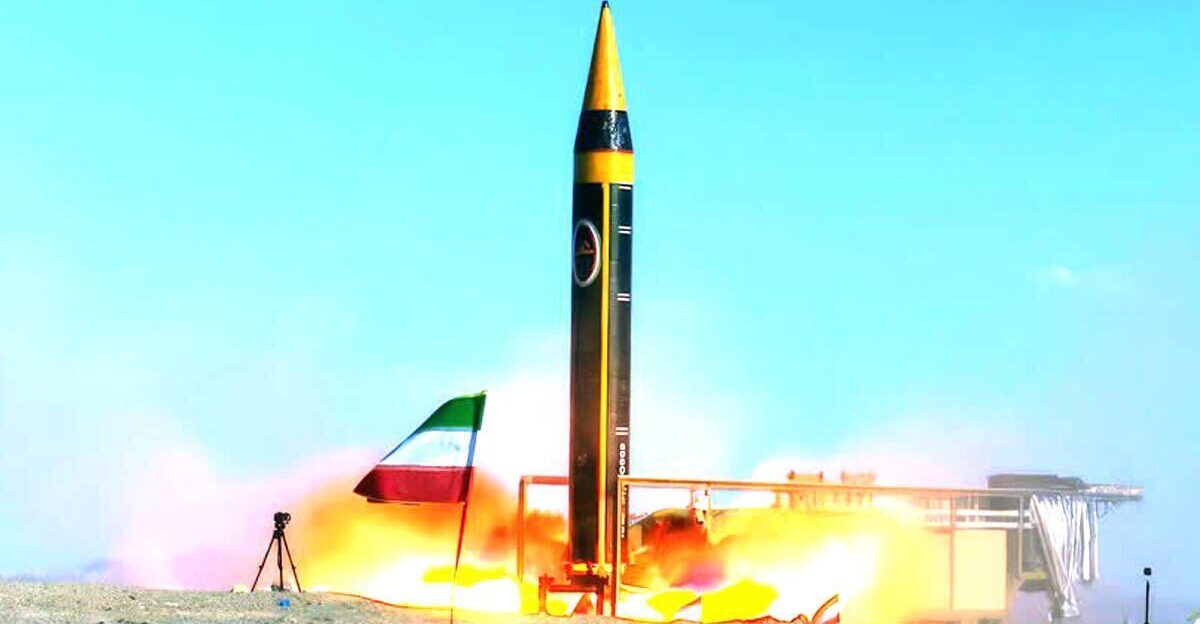
The Fattah-1 missile’s range and speed place Israel and U.S. military assets in the Middle East within potential striking distance. Israel, which relies heavily on layered missile defense systems such as Iron Dome, David’s Sling, and the Arrow missile system, faces new challenges due to the missiles’ high speed and maneuverability. These capabilities reduce the reaction time available to early warning systems and complicate interception efforts.
For the United States, which maintains a significant military presence in countries like Qatar, Bahrain, and the United Arab Emirates, the missile represents a threat to regional bases and assets. The missile’s deployment could force a reassessment of defense strategies and accelerate efforts to develop counter-hypersonic technologies. The increased threat level may also influence diplomatic and military policies, potentially escalating tensions in a fragile geopolitical environment.
Direct Threat to Israel and U.S. Interests
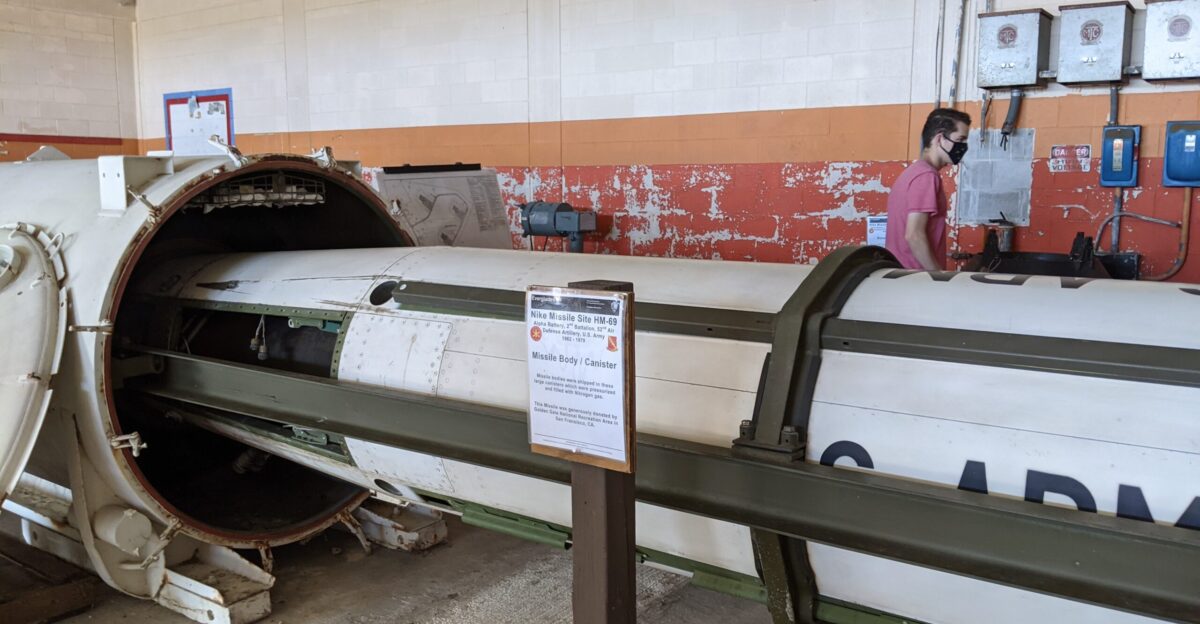
The introduction of the Fattah-1 missile heightens tensions in the Middle East, a region already marked by longstanding conflicts and rivalries. The missile’s rapid strike capability compresses decision-making timelines for potential targets, increasing the risk of miscalculation or preemptive action. Neighboring countries, including Saudi Arabia, the United Arab Emirates, and others, may feel compelled to enhance their missile defenses or pursue similar offensive capabilities, potentially fueling an arms race.
The missile’s presence complicates existing deterrence frameworks, as traditional methods of signaling and retaliation may lose effectiveness against such fast-moving threats. Regional alliances and security partnerships, including those involving the U.S. and Israel, will likely adapt in response, emphasizing missile defense upgrades and intelligence sharing. Overall, the Fattah-1 contributes to an increasingly unstable security environment.
Iran’s Strategic Push Amid Sanctions
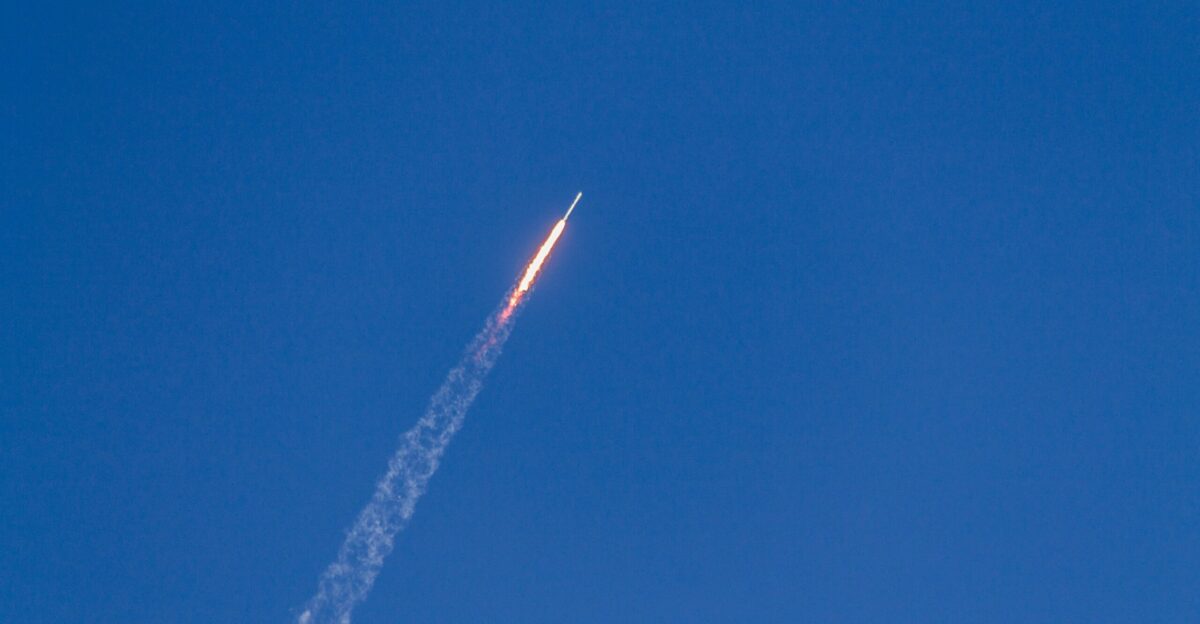
Iran’s missile program, including the development of the Fattah-1, continues to advance despite international sanctions aimed at curbing its military capabilities. Sanctions imposed by the United Nations, the United States, and the European Union seek to limit Iran’s access to technology and materials for missile development.
However, Iran has demonstrated resilience by developing indigenous technologies and leveraging regional partnerships. The Fattah-1’s unveiling underscores Tehran’s strategic goal to enhance deterrence and project power across the Middle East. Iranian officials have framed the missile as a defensive tool designed to protect national sovereignty and deter aggression. This ongoing missile development complicates diplomatic efforts, including negotiations over Iran’s nuclear program, and raises concerns about proliferation risks in the region.
Pressure Mounts on Israeli Missile Defenses
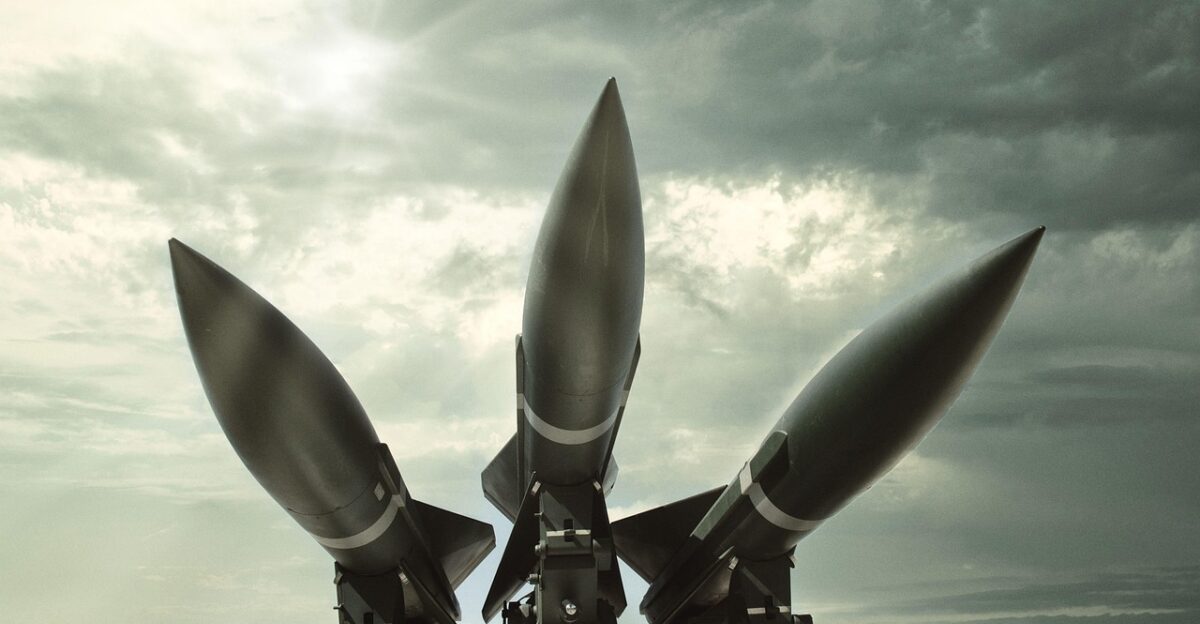
Missile defense systems currently deployed in the Middle East, such as Israel’s Iron Dome and Arrow systems, were primarily designed to intercept slower, more predictable ballistic missiles and rocket attacks. The Fattah-1’s high speed and maneuverability significantly reduce the time available for detection, tracking, and interception. This creates a technological gap that defense planners must urgently address.
Modern missile defense requires advanced radar systems capable of early detection, faster interceptor missiles, and improved command and control networks. Electronic warfare and cyber capabilities are also increasingly essential to disrupt missile guidance and communications. Several countries, including Israel and the United States, are investing in next-generation missile defense technologies to counter hypersonic threats. However, these systems are still in development or early deployment stages.
Hypersonic Technology: Redefining Military Strategy
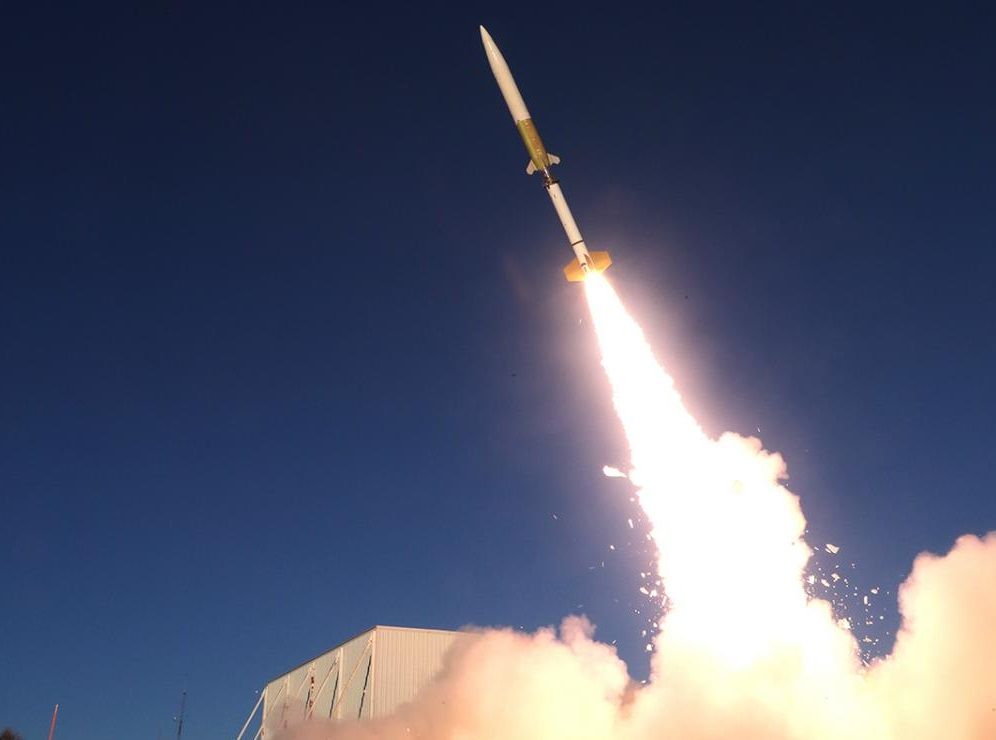
The emergence of hypersonic missile technology like the Fattah-1 reflects a global shift in military strategy toward weapons that emphasize speed, stealth, and maneuverability. Countries like the United States, Russia, and China are also developing hypersonic weapons, recognizing their potential to bypass traditional missile defenses and compress decision-making timelines.
This technological evolution challenges established military doctrines, which rely on predictable threat trajectories and longer engagement windows. Hypersonic weapons increase the risk of rapid escalation and miscalculation in crises, as decision-makers have less time to respond. Militaries worldwide are adapting by investing in advanced detection systems, interceptor technologies, and electronic warfare capabilities. The proliferation of hypersonic technology will likely redefine future conflict scenarios and global security dynamics.
The Future of Middle Eastern Security: Uncertain and Tense
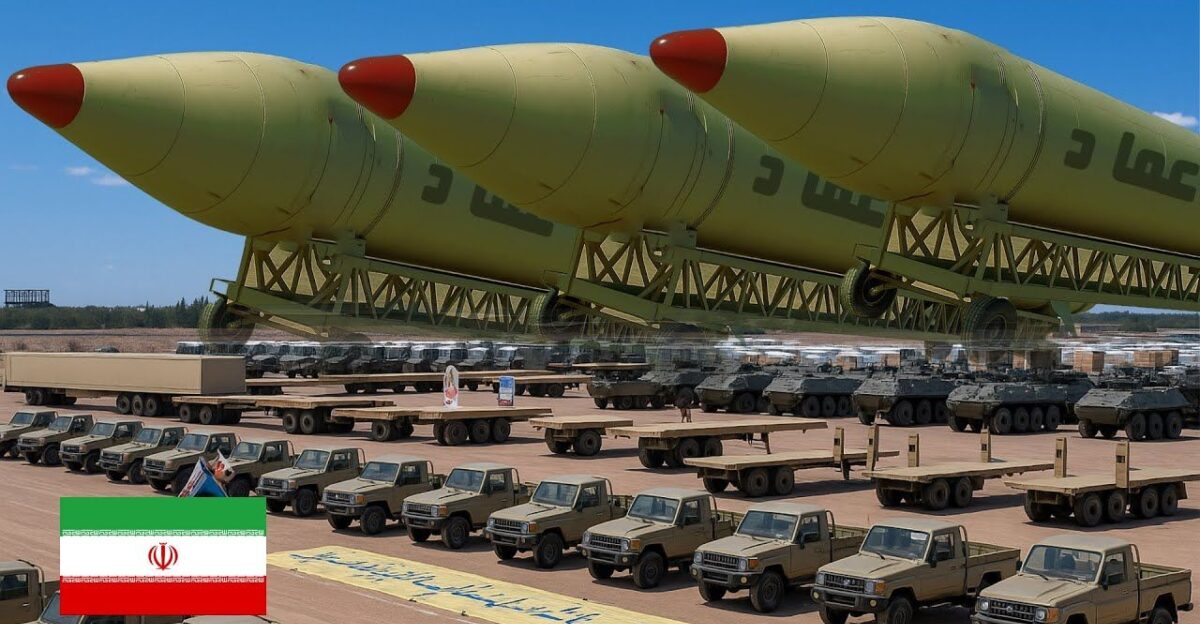
The deployment of missiles such as Iran’s Fattah-1 adds a new layer of complexity to Middle Eastern security. Regional powers face difficult response choices, whether through arms development, diplomatic engagement, or enhanced missile defenses. The missile’s presence raises questions about deterrence stability, escalation risks, and the potential for arms races. Introducing such advanced weapons, which alter strategic calculations, may complicate diplomatic efforts to reduce tensions.
The future security environment in the Middle East will depend heavily on how states balance deterrence, defense, and dialogue amid these technological changes. While the risk of conflict escalation is heightened, there remains an opportunity for regional and international actors to pursue measured responses that prevent further destabilization.


